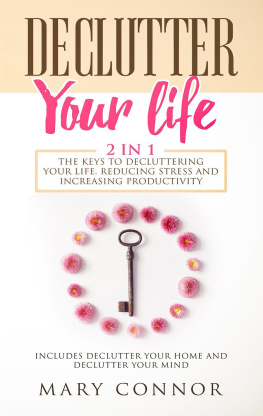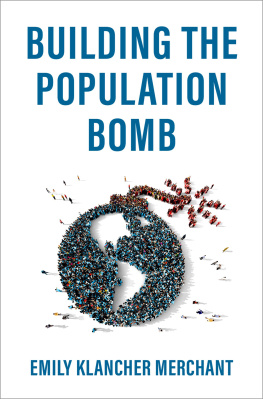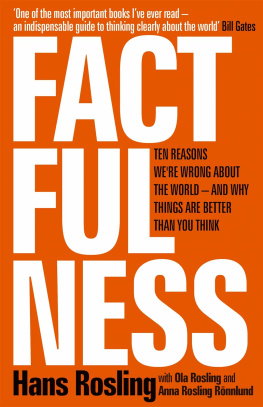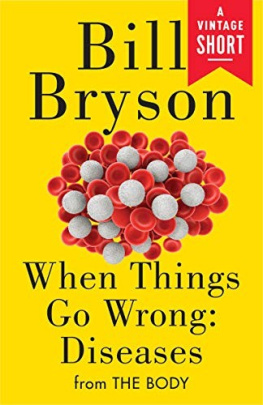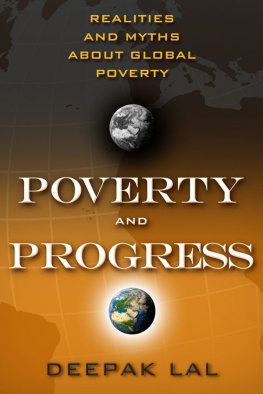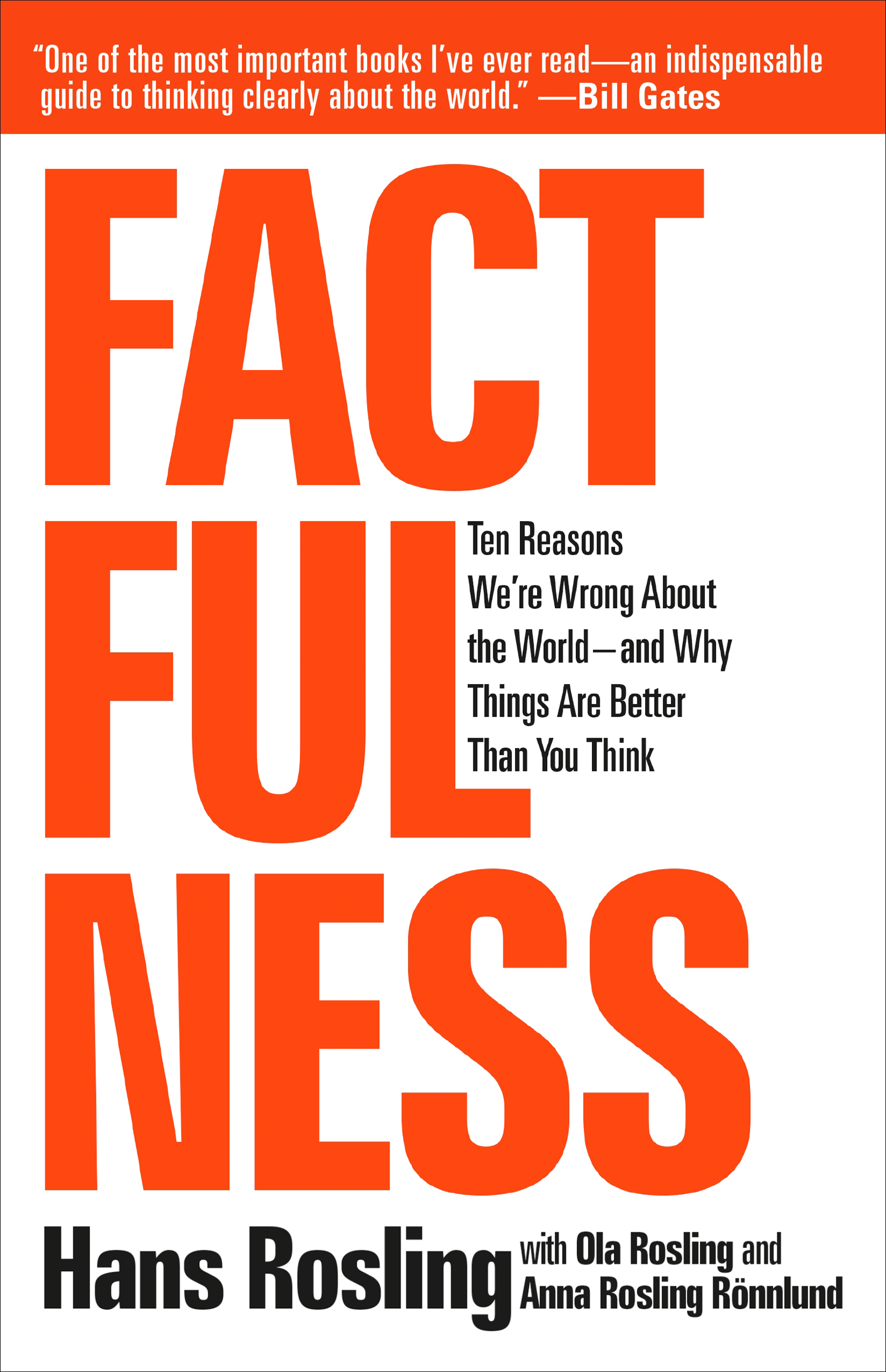Contents
Guide
Pagebreaks of the print version
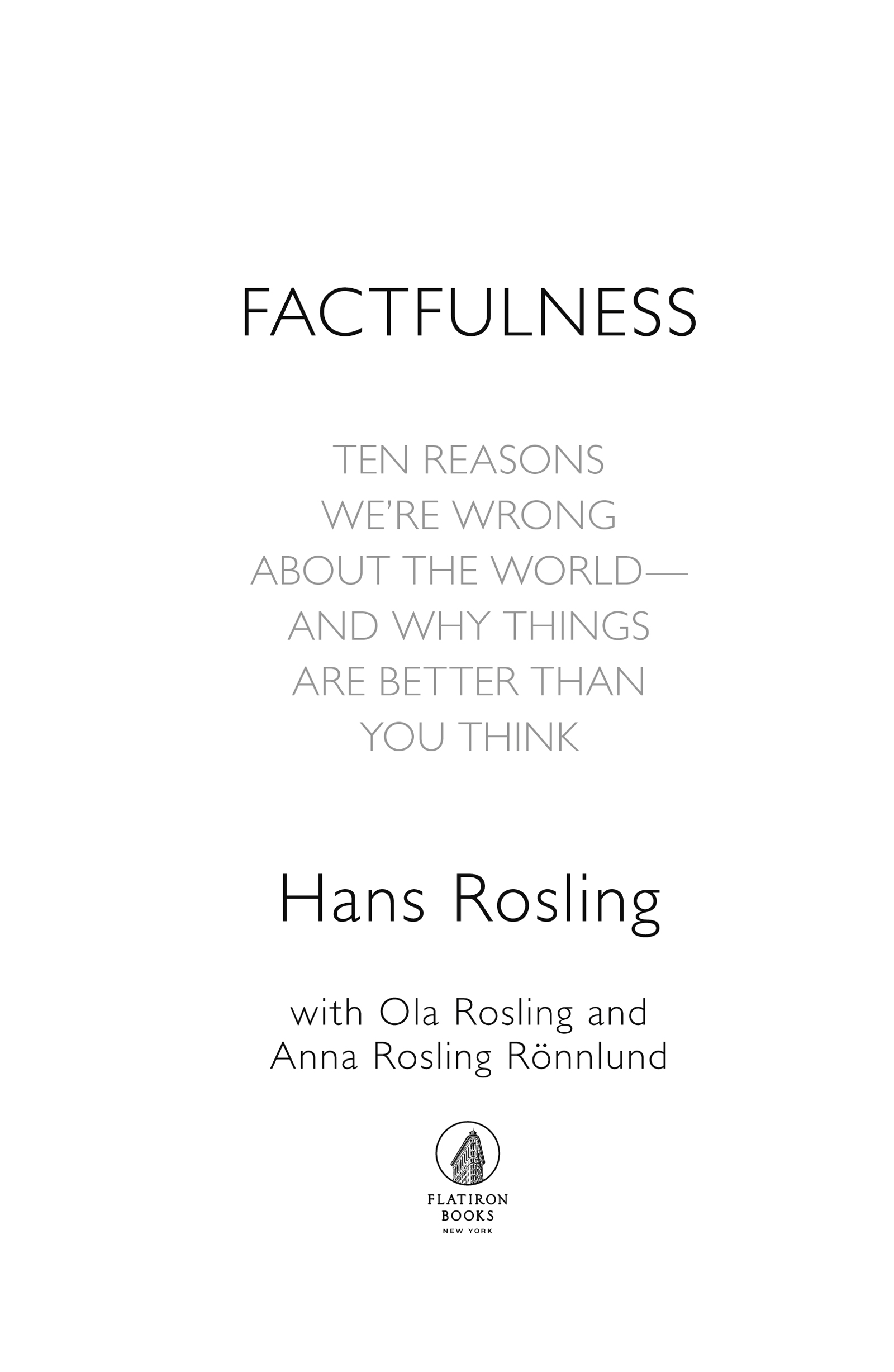
The author and publisher have provided this e-book to you for your personal use only. You may not make this e-book publicly available in any way. Copyright infringement is against the law. If you believe the copy of this e-book you are reading infringes on the authors copyright, please notify the publisher at: us.macmillanusa.com/piracy.
To the brave barefoot woman,
whose name I dont know but whose rational arguments
saved me from being sliced
by a mob of angry men with machetes
Factfulness is written in my voice, as if by me alone, and tells many stories from my life. But please dont be misled. Just like the TED talks and lectures I have been giving all over the world for the past ten years, this book is the work of three people, not one.
I am usually the front man. I stand onstage and deliver the lectures. I receive the applause. But everything you hear in my lectures, and everything you read in this book, is the output of eighteen years of intense collaboration between me, my son Ola Rosling, and my daughter-in-law Anna Rosling Rnnlund.
In 2005 we founded the Gapminder Foundation, with a mission to fight devastating ignorance with a fact-based worldview. I brought energy, curiosity, and a lifetime of experience as a doctor, a researcher, and a lecturer in global health. Ola and Anna were responsible for the data analysis, inventive visual explanations, data stories, and simple presentation design. It was their idea to measure ignorance systematically, and they designed and programmed our beautiful animated bubble charts. Dollar Street, a way of using photographs as data to explain the world, was Annas brainchild. While I was getting ever angrier about peoples ignorance about the world, Ola and Anna instead took the analysis beyond anger and crystallized the humble and relaxing idea of Factfulness. Together we defined the practical thinking tools that we present in this book.
What you are about to read was not invented according to the lone genius stereotype. It is instead the result of constant discussion, argument, and collaboration between three people with different talents, knowledge, and perspectives. This unconventional, often infuriating, but deeply productive way of working has led to a way of presenting the world and how to think about it, that I never could have created on my own.
Why I Love the Circus
I love the circus. I love to watch a juggler throwing screaming chain saws in the air, or a tightrope walker performing ten flips in a row. I love the spectacle and the sense of amazement and delight at witnessing the seemingly impossible.
When I was a child my dream was to become a circus artist. My parents dream, though, was for me to get the good education they never had. So I ended up studying medicine.
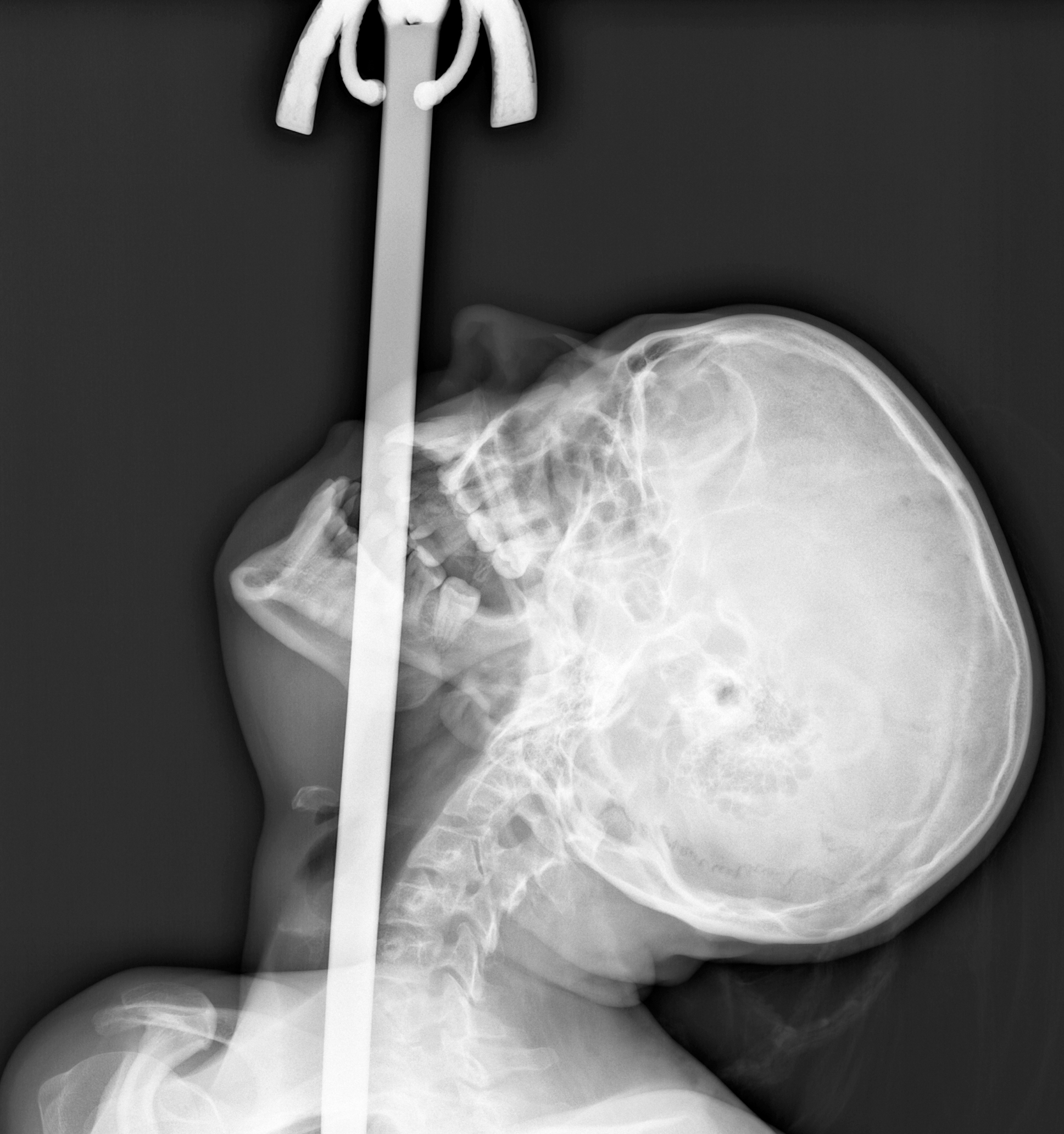
One afternoon at medical school, in an otherwise dry lecture about the way the throat worked, our professor explained, If something is stuck, the passage can be straightened by pushing the chin bone forward. To illustrate, he showed an X-ray of a sword swallower in action.
I had a flash of inspiration. My dream was not over! A few weeks earlier, when studying reflexes, I had discovered that of all my classmates, I could push my fingers farthest down my throat without gagging. At the time, I had not been too proud: I didnt think it was an important skill. But now I understood its value, and instantly my childhood dream sprang back to life. I decided to become a sword swallower.
My initial attempts werent encouraging. I didnt own a sword so used a fishing rod instead, but no matter how many times I stood in front of the bathroom mirror and tried, Id get as far as an inch and it would get stuck. Eventually, for a second time, I gave up on my dream.
Three years later I was a trainee doctor on a real medical ward. One of my first patients was an old man with a persistent cough. I would always ask what my patients did for a living, in case it was relevant, and it turned out he used to swallow swords. Imagine my surprise when this patient turned out to be the very same sword swallower from the X-ray! And imagine this, when I told him all about my attempts with the fishing rod. Young doctor, he said, dont you know the throat is flat? You can only slide flat things down there. That is why we use a sword.
That night after work I found a soup ladle with a straight flat handle and immediately resumed my practice. Soon I could slide the handle all the way down my throat. I was excited, but being a soup ladle shaft swallower was not my dream. The next day, I put an ad in the local paper and soon I had acquired what I needed: a Swedish army bayonet from 1809. As I successfully slid it down my throat, I felt both deeply proud of my achievement and smug that I had found such a great way to recycle weapons.
Sword swallowing has always shown that the seemingly impossible can be possible, and inspired humans to think beyond the obvious. Occasionally I demonstrate this ancient Indian art at the end of one of my lectures on global development. I step up onto a table and rip off my professorial checked shirt to reveal a black vest top decorated with a gold sequined lightning bolt. I call for complete silence, and to the swirling beat of a snare drum I slowly slide the army bayonet down my throat. I stretch out my arms. The audience goes wild.
Test Yourself
This book is about the world, and how to understand it. So why start with the circus? And why would I end a lecture by showing off in a sparkly top? Ill soon explain. But first, I would like you to test your knowledge about the world. Please find a piece of paper and a pencil and answer the 13 fact questions below.
1. In all low-income countries across the world today, how many girls finish primary school?
A: 20 percent
B: 40 percent
C: 60 percent
2. Where does the majority of the world population live?
A: Low-income countries
B: Middle-income countries
C: High-income countries
3. In the last 20 years, the proportion of the world population living in extreme poverty has
A: almost doubled
B: remained more or less the same
C: almost halved
4. What is the life expectancy of the world today?
A: 50 years
B: 60 years
C: 70 years
5. There are 2 billion children in the world today, aged 0 to 15 years old. How many children will there be in the year 2100, according to the United Nations?
A: 4 billion
B: 3 billion
C: 2 billion
6. The UN predicts that by 2100 the world population will have increased by another 4 billion people. What is the main reason?
A: There will be more children (age below 15)
B: There will be more adults (age 15 to 74)
C: There will be more very old people (age 75 and older)
7. How did the number of deaths per year from natural disasters change over the last hundred years?
A: More than doubled
B: Remained about the same
C: Decreased to less than half
8. There are roughly 7 billion people in the world today. Which map shows best where they live? (Each figure represents 1 billion people.)




